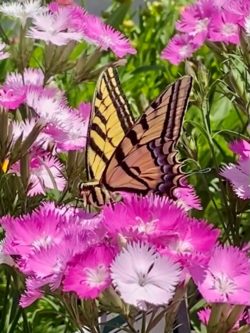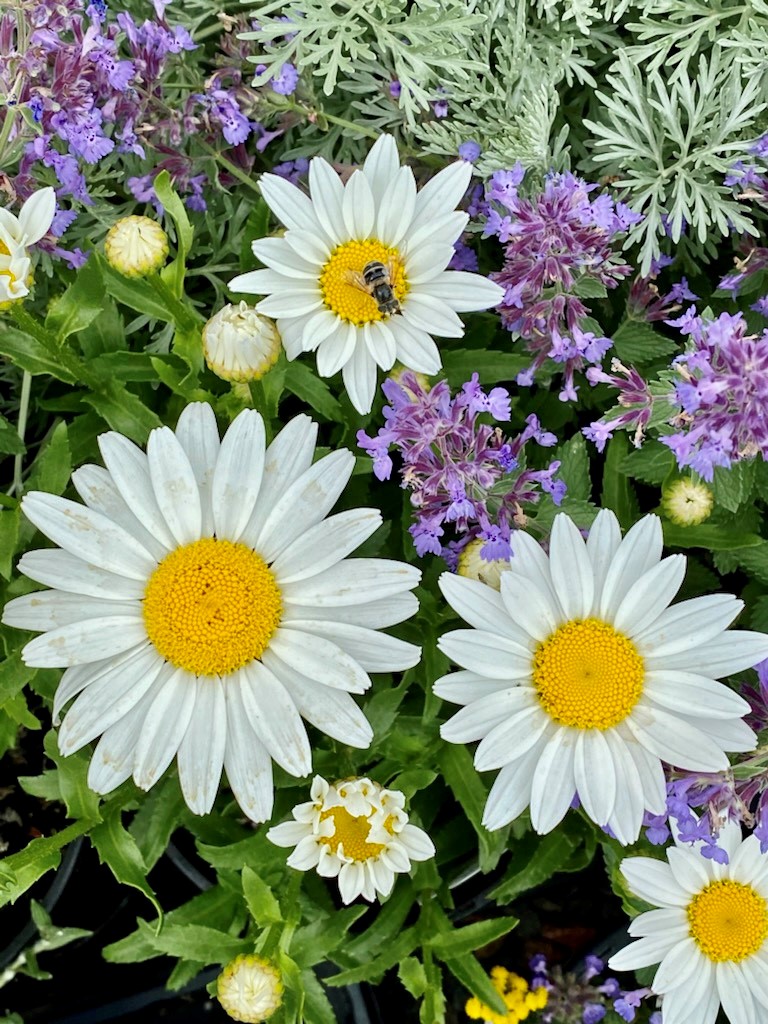While planning your spring garden, consider adding native plants and more diversity to make your yard a haven for pollinators and wildlife.
As agriculture has intensified and our populations have grown, a lot of habitat has been lost, so even a pot of flowers on the front porch can make a big difference by supporting hundreds of pollinators.
If you’re adding plants with pollinators in mind, you’ll want to include a diversity of plants that bloom throughout the year. Creek Side Pollinator Plant List here
Importance of Pollinators
Pollinators are important because, besides pollinating 90% of wild plants and 75% of crops, pollinators ensure the growth of plants that provide oxygen, clean water, materials for shelter, medicines, shade, reduce wind and noise, support the other wildlife we love to see like birds, mammals, amphibians, reptiles, and amphibians, either as food themselves or the seed, fruit, or structure provided by plants.
Pollinator Food Source
Another way pollinators support other wildlife is by being a food source for hatchlings. Large native trees are ideal larval host plants for butterflies and moths, which baby land birds survive on.
Caterpillars are the most important food for baby land birds. A nest full of chickadees needs more than 5,000 caterpillars just from hatching to the time they leave the nest. Large native trees such as oaks, maples and pines are an excellent source of caterpillars because so many species of butterflies and moths lay eggs on them.
Edibles for Pollinators
Edible plants or plants with fragrant leaves are pollinator plants that are also fun for kids.
 Strawberries, lavender, mint, parsley, dill, blackberries, black raspberries, onions and squash are all very easy to grow. Just remember that caterpillars are butterfly larvae and eat the plants. The black swallowtail butterfly depends on parsley family plants, such as fennel and dill.
Strawberries, lavender, mint, parsley, dill, blackberries, black raspberries, onions and squash are all very easy to grow. Just remember that caterpillars are butterfly larvae and eat the plants. The black swallowtail butterfly depends on parsley family plants, such as fennel and dill.
Most of our bees and wasps are solitary. Unlike honey bees and yellow jackets that have colonies with a queen, young and food to protect, most bees and wasps are single moms, collecting food to place in a nest cell underground or in a cavity where she will lay an egg and never see her young hatch.

